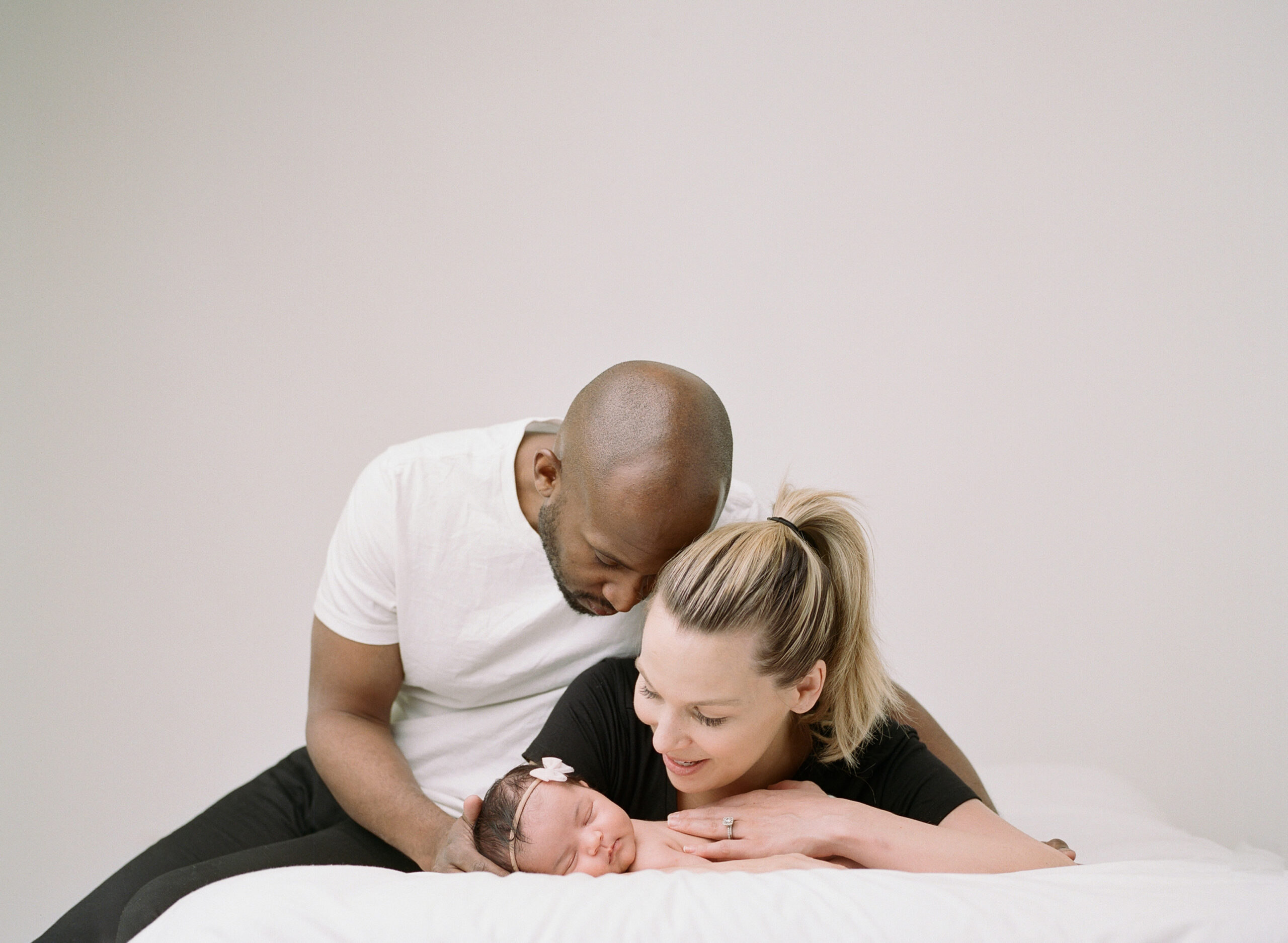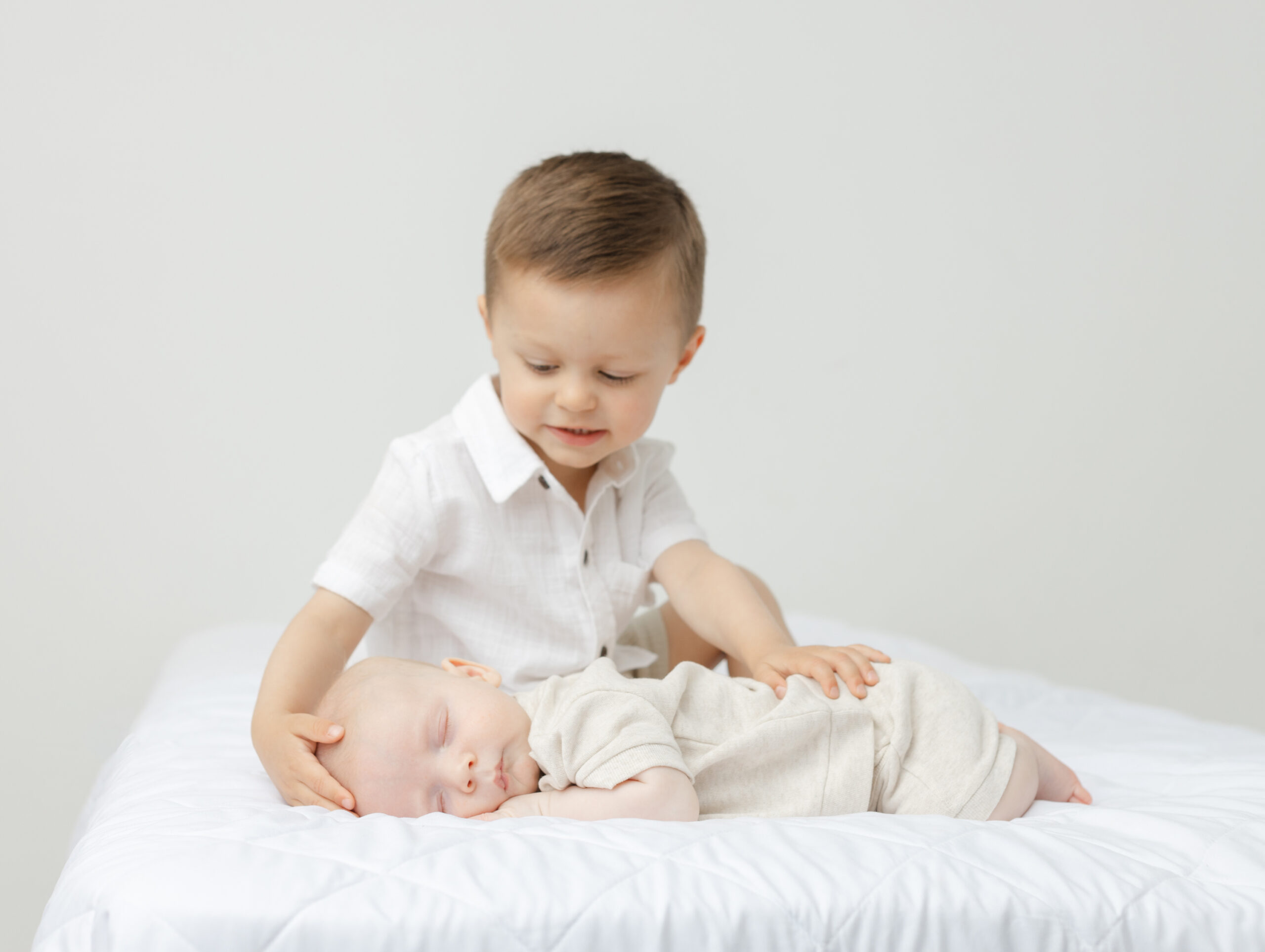In the Sandra Coan Certification program, we have several members who earn a significant portion of their income as school photographers. They work with all ages, from preschools to elementary school to high schools, both public and private. Some Certification members had previous experience working with artificial light, but others had been strictly natural light school photographers.
School photography can be a great way not only for you to make extra income throughout the year, but also to reach potential clients! It quickly gets your name and brand in front of dozens (if not hundreds) of families. But that also means you want to have a great first impression, which can be hard to achieve if you’re only using natural light.
Advantages of using artificial light in school photography
I hate to say it, but there’s a reason that large school photography companies like Lifetouch use artificial light in their business.
You can still be a “natural light photographer” and use artificial light in situations that call for it. The advantages of using artificial light in your school photography business include:
- Being able to be flexible on location. How many times have you shown up at a school, only to find out the room you’d originally planned on using is no longer available? They now need you to set up in the multi-purpose room, which only has overhead lights and no windows. If you’re an outside school photographer, what happens when it rains?
- Consistency. Artificial light allows you to produce consistent work, no matter what’s happening outside. Was day one of photos sunny, but now it’s cloudy? Or one day was in the morning, the other was afternoon? How do you keep your images from retake day consistent with the photos you took on the original photo day?
- Editing. You photographed 100 kids over the course of a day using natural light. But the sun went behind the clouds for a bit, so your white balance changed. And now the sun is gone, so your exposure is different. But by using consistent, artificial light, you’re able to take one set of edits, sync to all and bam – you’re done.
- Professionalism. Think about the points above – how would you feel if you had to go the principal or director to ask if you can reschedule? On the flip side, how good does it feel when you think about how it doesn’t matter, you can shoot anywhere, anytime, because you make your own natural light with strobes and flash?
- Stress levels. By creating your own light, in every situation, your anxiety levels *will* drop. You won’t care what the forecast looks like, or which room you’re in. You can confidently walk into a brand new school, and be certain that the images you produce that day, WILL be beautiful and professional, and look exactly like the images you create on a daily basis.
At the end of the day, adding artificial light to your school photography business will make your life easier (less time editing! Less stress!), and potentially make you more income (faster turnaround! Ability to take on more schools!).
Why photographers avoid using artificial light in school photography
As with studio photography, there are a lot of reasons I’ve heard from students over the years, as to why they don’t use artificial light in their school photography business. While some of these reasons are perfectly valid, others are problems that can be quickly solved!
- Too expensive. I get it. You’ve just invested $$$$ in a camera, lens, backdrop, hosting, and allllll the other expenses that go into starting a business. You don’t want to spend hundreds more on a strobe, a modifier, and everything else that goes into this! (Spoiler: I have a VERY simple method of lighting – keep scrolling!)
- Too much equipment. You’re packed into a back corner of a preschool room. How are you going to fit even more equipment back there??
- Neurodiverse students. There is a small percentage of the school population that does not and can not handle the flash of the strobe. Guess what? I have a solution for that too!
While these feel like very concrete reasons for not using artificial light in your school photography…I’ve found that they tend to be a cover for the reasons that photographers are ACTUALLY not using artificial light in their business:
- You don’t know what you’re doing, and while you’ve tried learning, it’s just too hard.
- You kind of know what you’re doing, but you don’t have the confidence needed to use artificial light in a changing situation.
Simple light setup for school photography
Artificial light doesn’t have to be complicated!
In both my Sandra Coan Certification program, as well as my class, The Missing Link, I teach a simple method for using strobe and flash to create natural looking light. One light, one modifier, and you’re on your way to beautiful images. Photographers who have been trying to learn how to use artificial light for years have been able to come into my courses and use what they’ve learned in less than two weeks.
The following photographers are all Sandra Coan Certified Photographers, using the techniques they’ve learned in the program, to create the light they love, in every situation.
Angela Wengrenovich is a Grapevine, Texas based family and sports photographer, who photographs hundreds of kids every year in her business. She was able to take what she learned during the Certification program about her ideal light, and apply it to her school photography business.
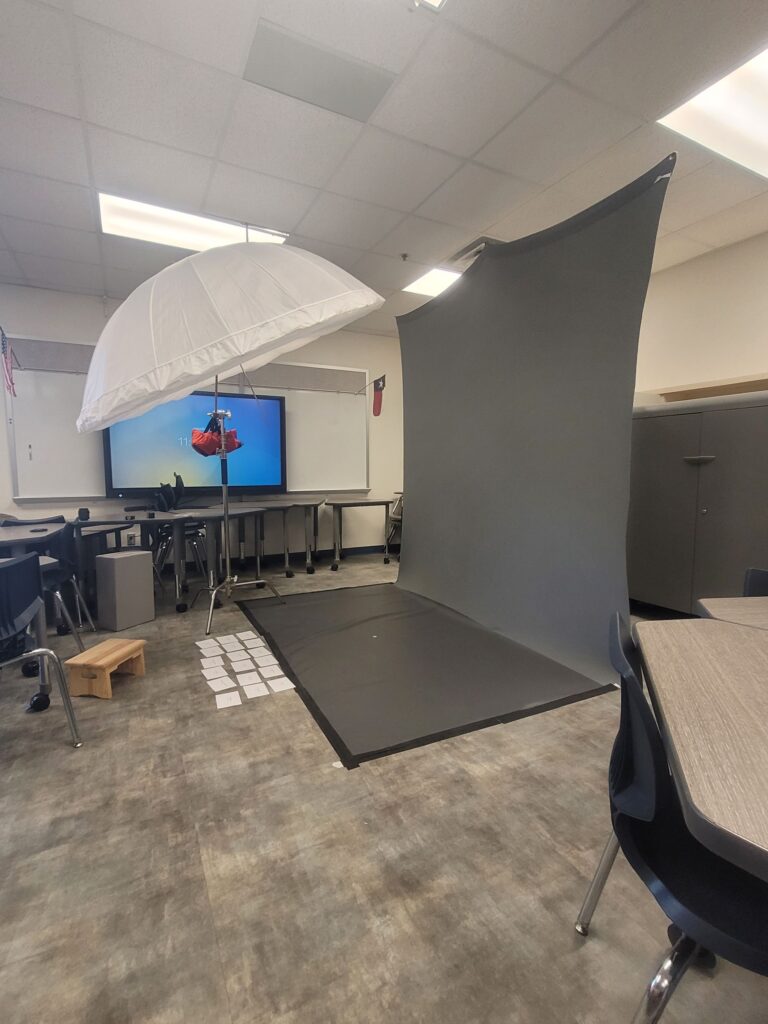
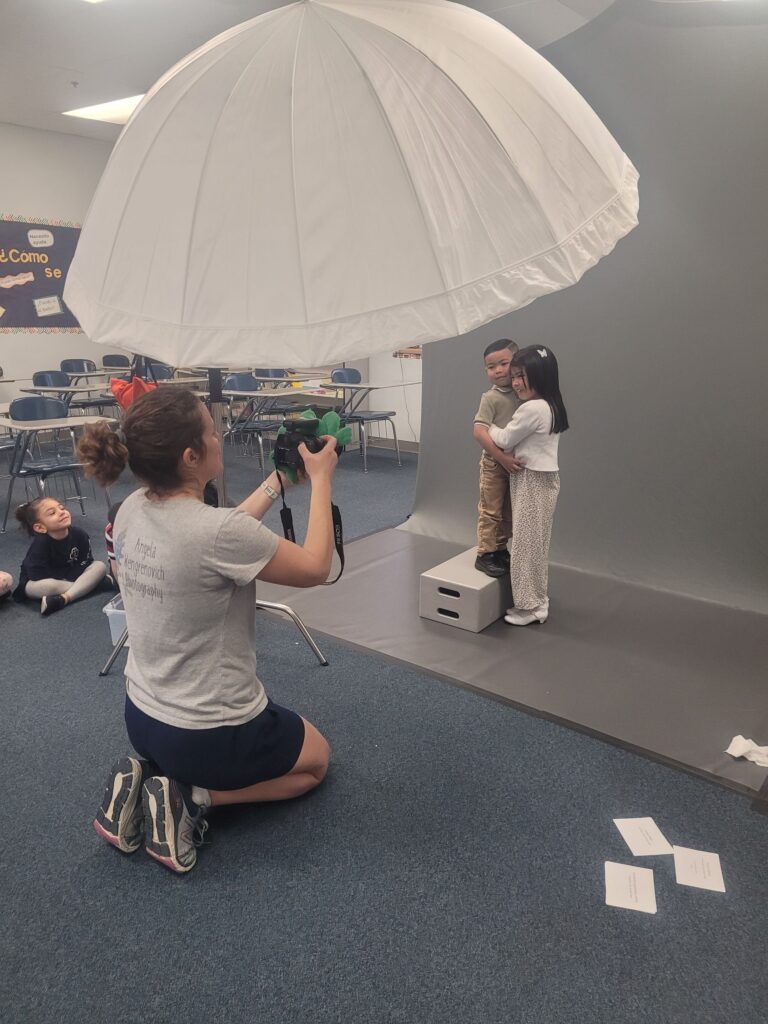
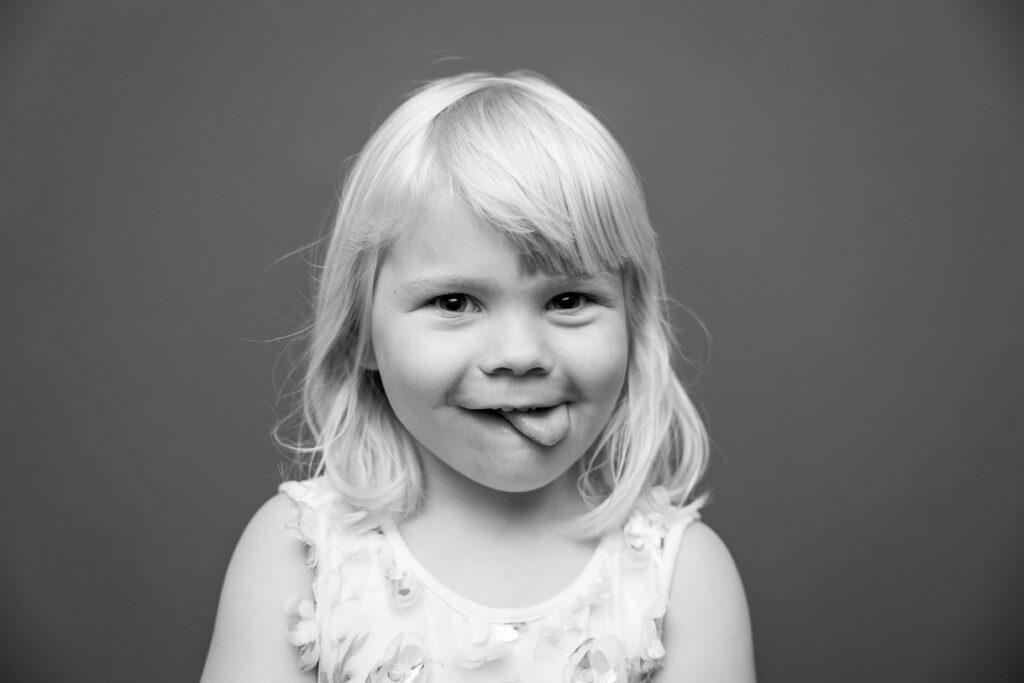
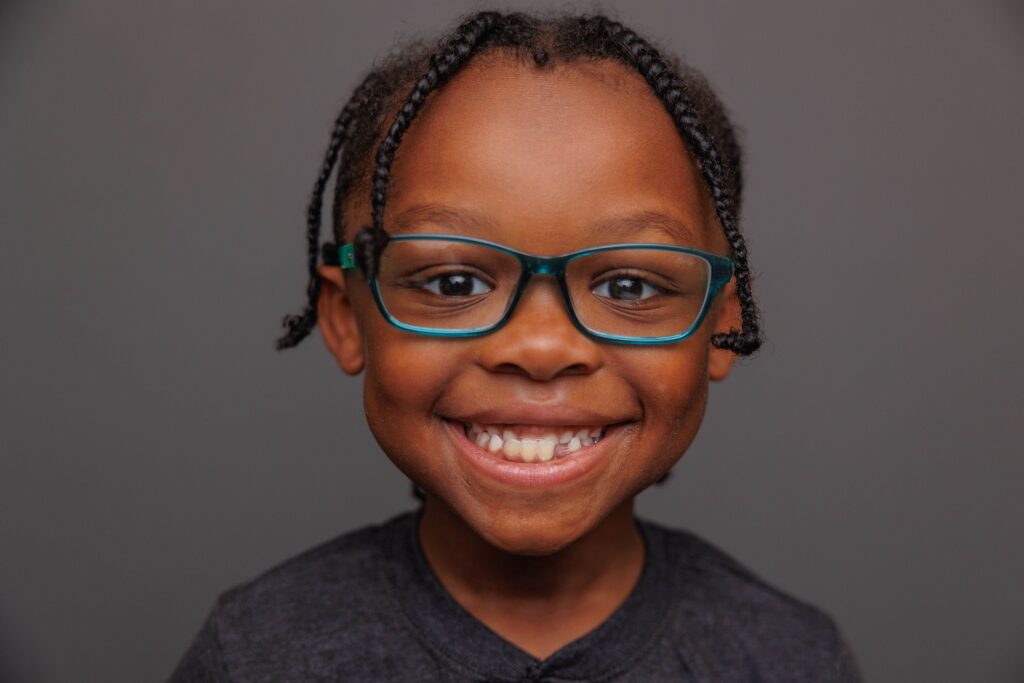
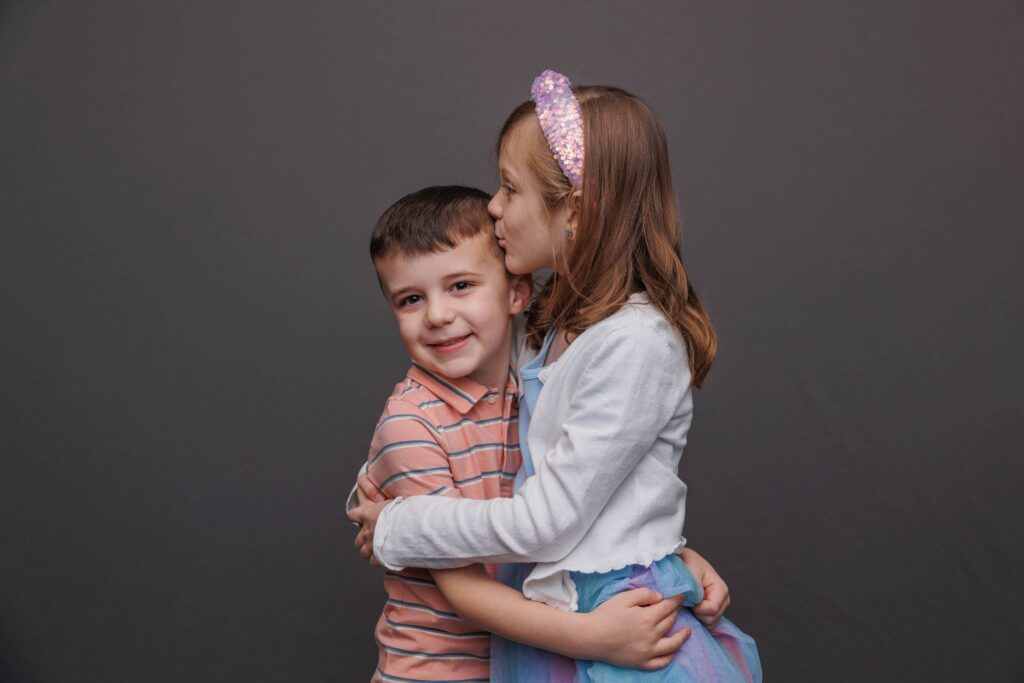
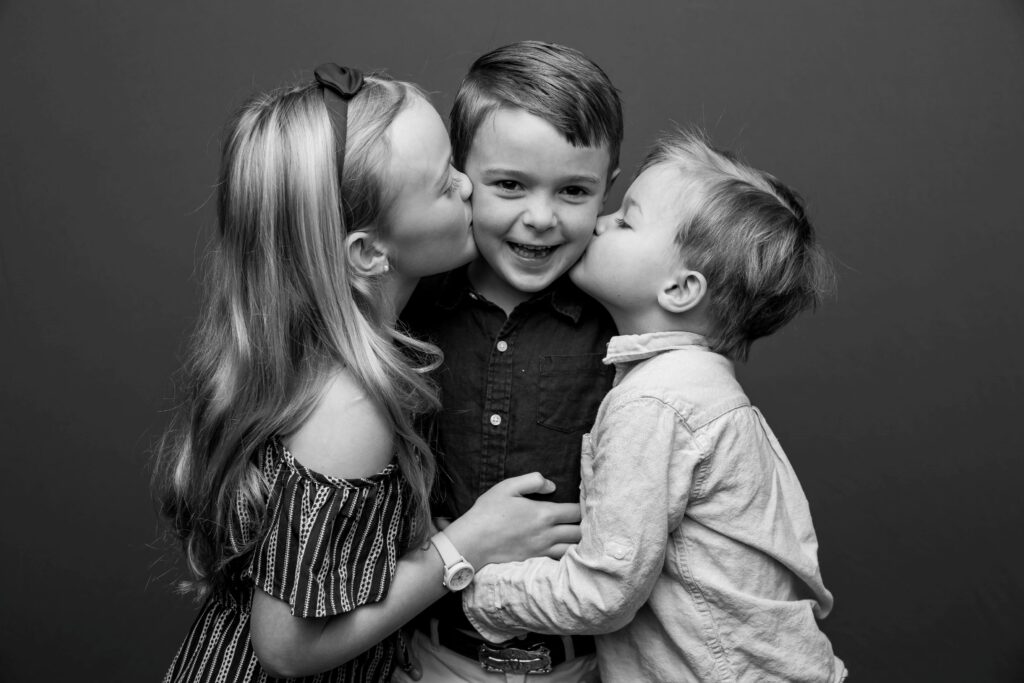
As you can see from the setups above, using artificial light doesn’t have to be hard, complicated, expensive, or bulky!
Yes, a modifier and stand will take up space. But when you’re jammed into a back corner of the classroom, how likely is it that you have great window light? Or would it be helpful to have your own “window” in that back corner?
Laura Watts Walsh is a family, preschool and newborn photographer based in Utah County. She’s using what she learned while becoming a Sandra Coan Certified photographer to photograph preschools in her area.
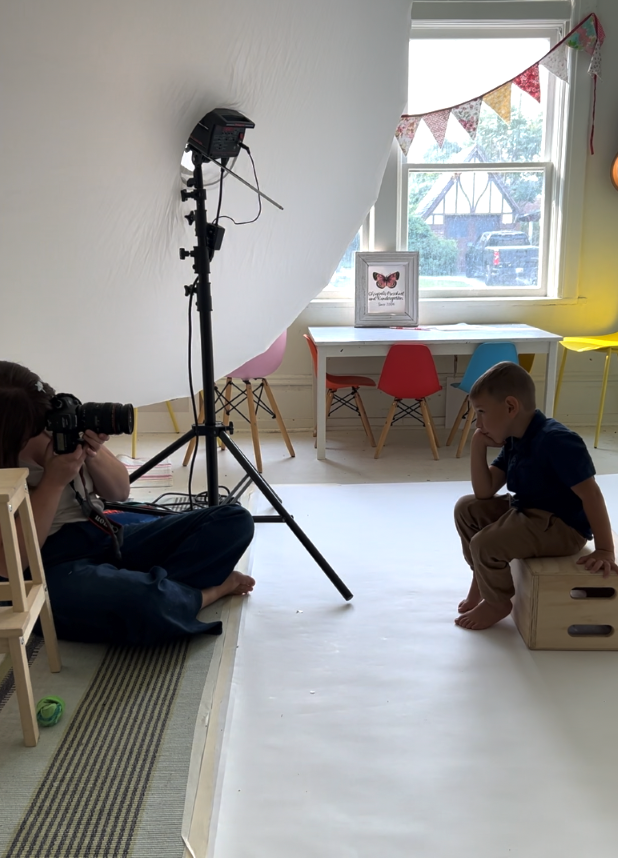
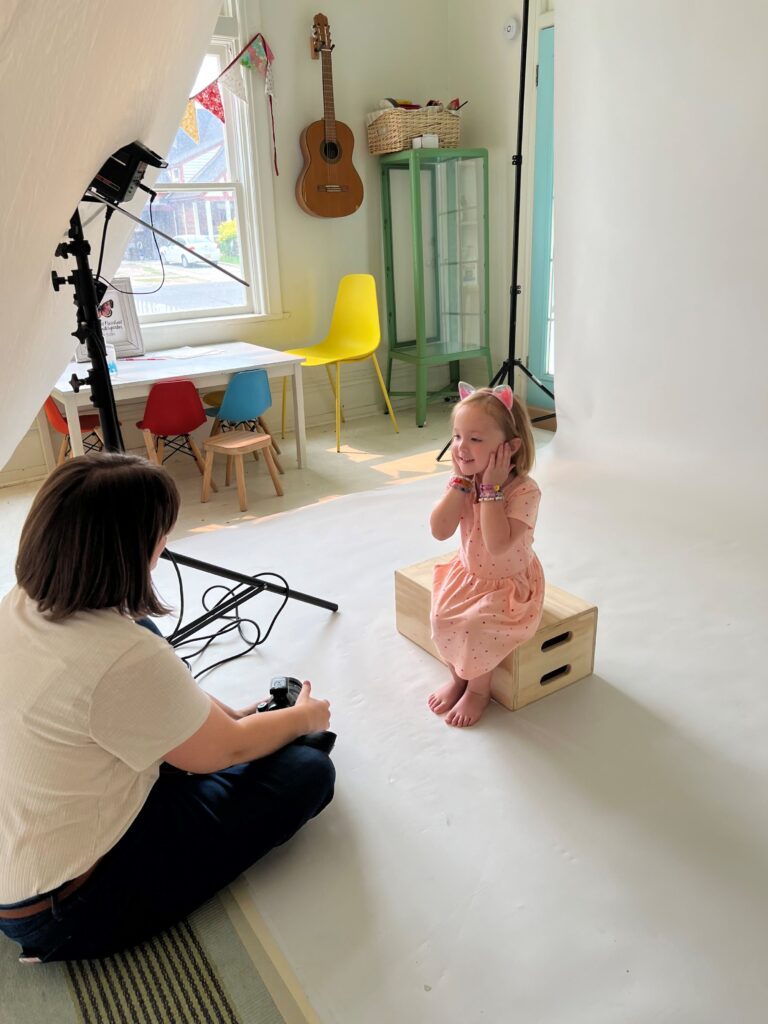
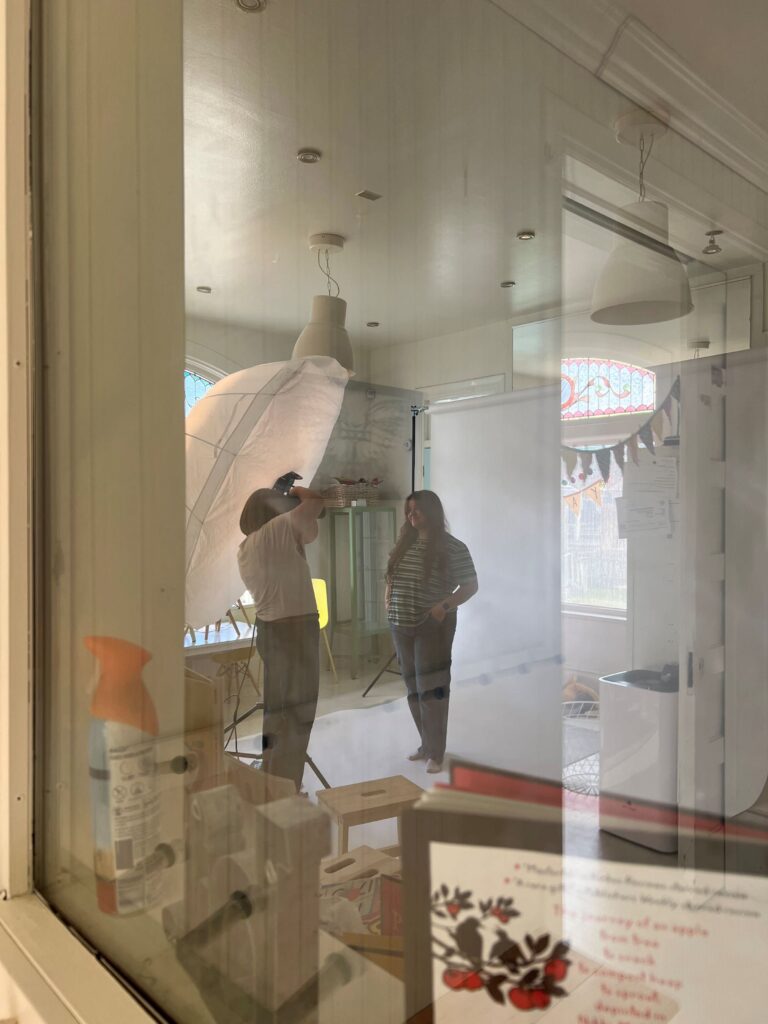
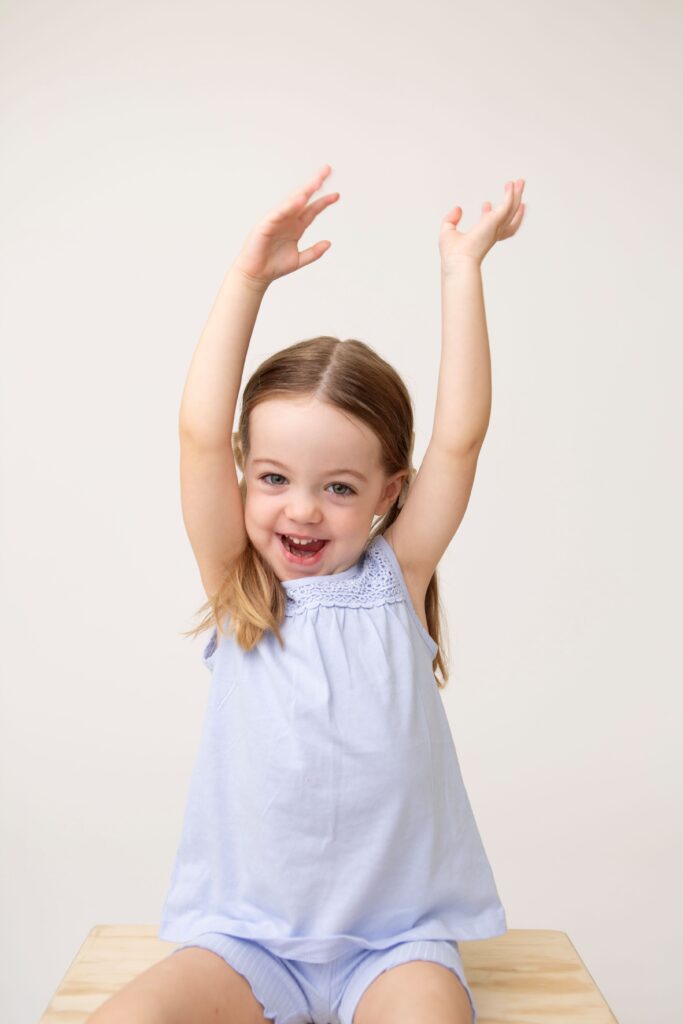
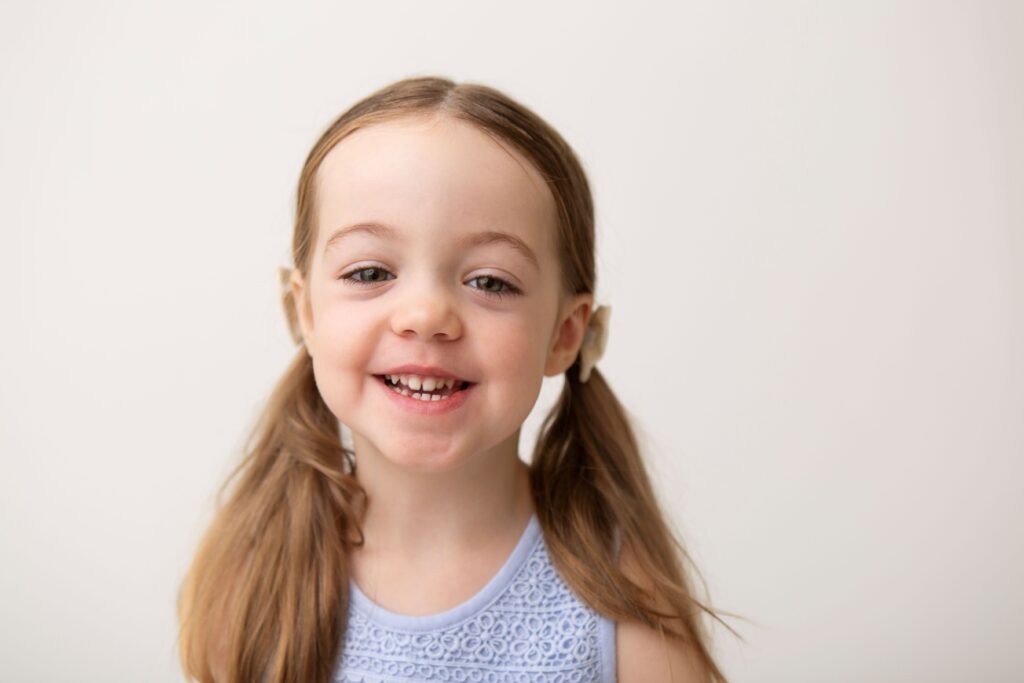
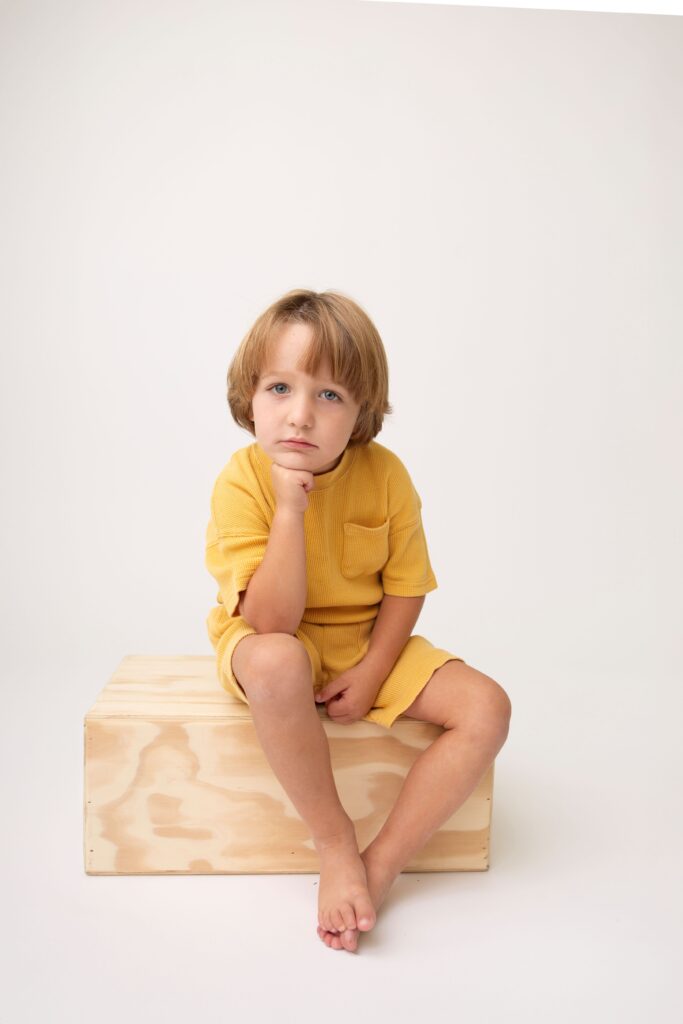
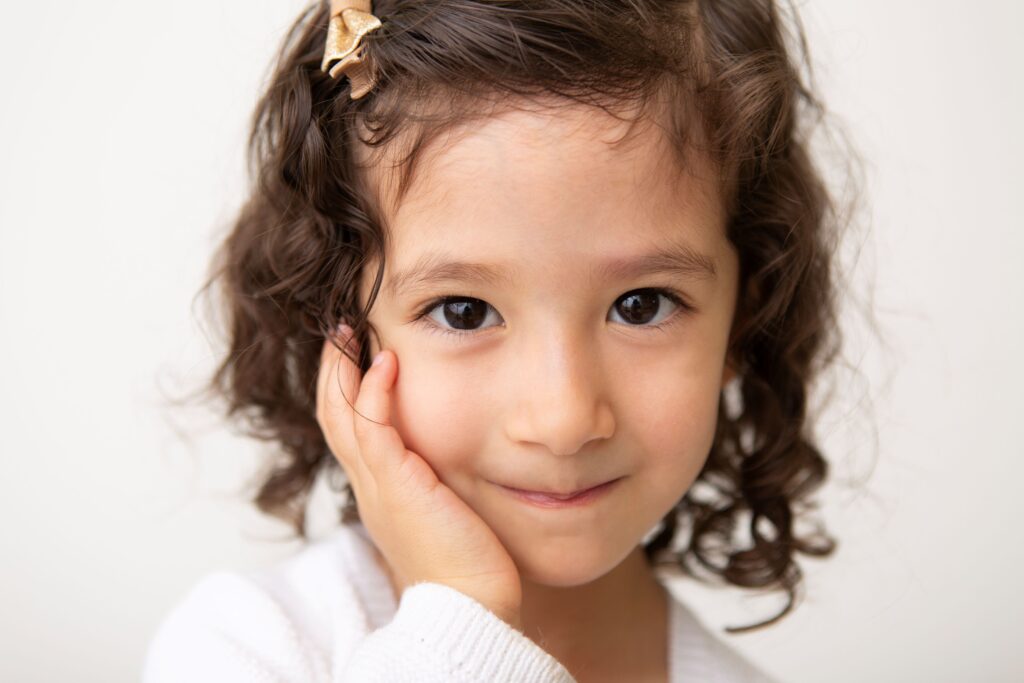
Continuous lighting for school photography
There is a very small percentage of students for whom the flash of a strobe can be challenging. Thankfully, Westcott has recently come out with a continuous light, the Westcott L120-B Bi-Color COB LED.
While I wouldn’t recommend this light for all your school photography (more on that to come in a future post!), it can be a great alternative for the handful of students that could benefit from a continuous light source.
How to get started with artificial light in school photography
I can’t say it enough: using strobes and flash doesn’t have to be complicated!
For someone looking for the basics of learning to use artificial light, I highly recommend my course, The Missing Link. It will teach you the Sandra Coan Method of lighting, using strobes and flash to create natural looking light (even in a classroom!).
But for photographers who want to learn lighting AND refine their craft, I highly recommend applying to be part of the Sandra Coan Certification program.
Liz Putnam is a family and newborn photographer, based in Wyoming. She was an experienced natural light photographer, who was getting ready to make the jump into school photography at her daughter’s school in fall 2023. She knew she needed to add artificial light to her skillset, but hadn’t found education that made sense and allowed her to create the same images she was getting with natural light. She ended up joining the Sandra Coan Certification program in September 2023, and within weeks, was producing images that looked like this for her school:
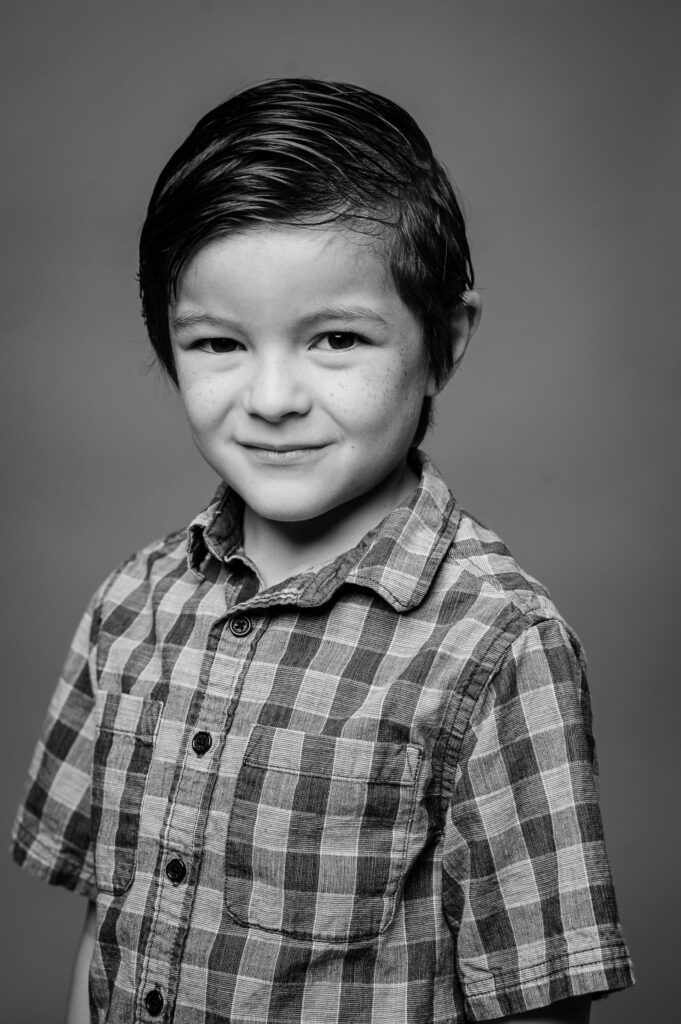
But the best part? By continuing her education, and working towards Certification, Liz was able to refine her light and setup over the last 12 months. And now?
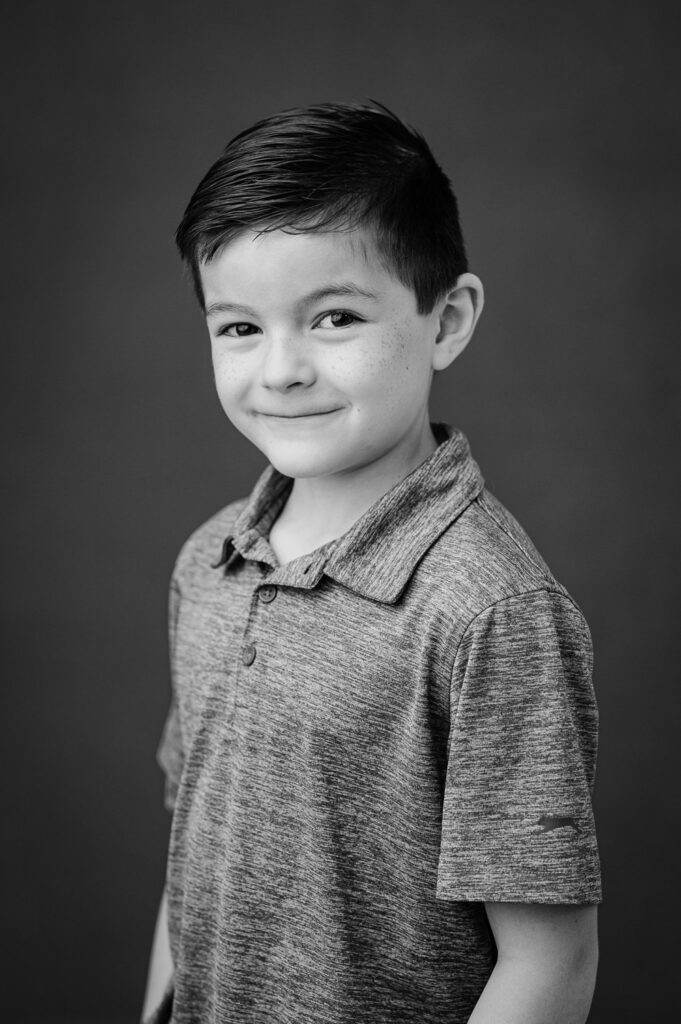
The differences are subtle, but oh, so important!
Next steps
Are you ready to give it a shot??
You can find a link to my class, The Missing Link, here. But I highly recommend applying to the Sandra Coan Certification program! You will be able to schedule a one-on-one call with myself, where we can go over your school photography portfolio. We’ll chat about your struggles, and where you’d love to see yourself in five years.
Apply today, and step your school photography up to the next level!
